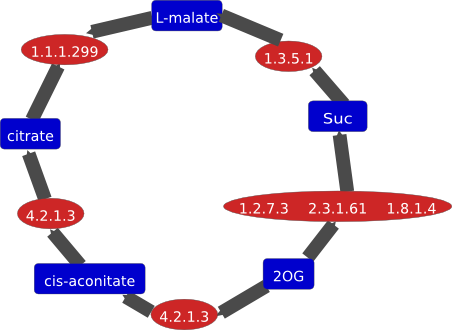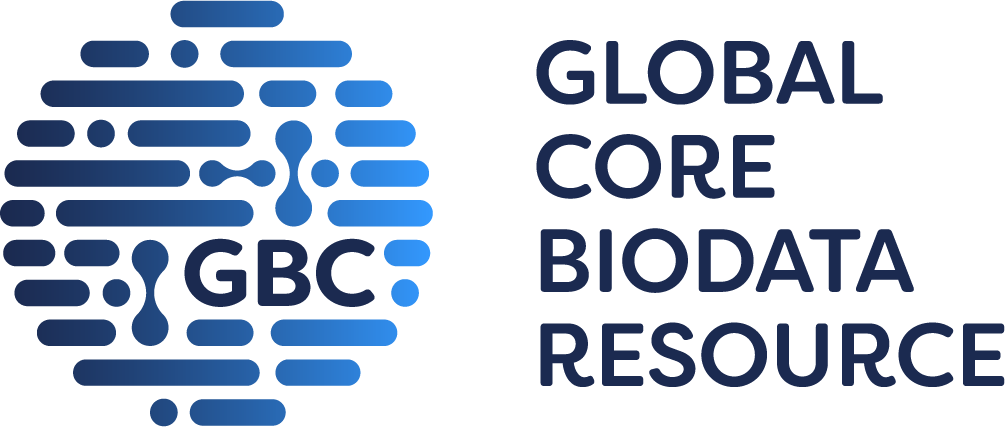EC Number   |
Metals/Ions   |
Reference   |
|---|
    1.14.99.54 1.14.99.54 | Cu2+ |
the copper site of CelS2 is similar to that of chitin-active LPMO10s. Dissociation constant is 31 nM |
741336 |
    1.14.99.54 1.14.99.54 | Cu2+ |
EDTA-inhibited enzyme can be reactivated by 20 mM Cu2+ within 1 h |
744633 |
    1.14.99.54 1.14.99.54 | Cu2+ |
enzyme is Cu(II) saturated with a 3fold molar excess of Cu(II)SO4 prior to assay |
744815 |
    1.14.99.54 1.14.99.54 | Cu2+ |
the oxidized catalytic center contains a Cu(II) coordinated by two His ligands, one of which has a His-brace in which the His-1 terminal amine group also coordinates to a copper. The final equatorial position of the Cu(II) is occupied by a water-derived ligand |
745374 |
    1.14.99.54 1.14.99.54 | Cu2+ |
the active site in is formed by residues His-37 and His-144 that coordinate the copper atom in a T-shaped geometry |
745380 |
    1.14.99.54 1.14.99.54 | Cu2+ |
the reduction of the mononuclear active-site copper by ascorbic acid increases the affinity and the maximum binding capacity of LPMO for cellulose |
745381 |
    1.14.99.54 1.14.99.54 | Cu2+ |
the calculated dissociation energies suggest that the reactive intermediate is either a Cu(II)-oxyl, a Cu(III)-oxyl, or a Cu(III)-hydroxide, indicating that O-O bond breaking occurs before the C-H activation step |
745387 |
    1.14.99.54 1.14.99.54 | Cu2+ |
presence of 1 copper atom per protein molecule |
745847 |





